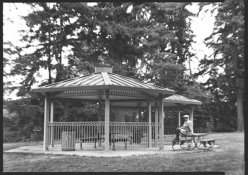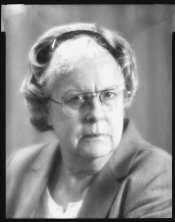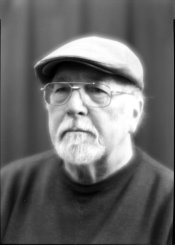Reinhold
Advertiser
Since I started playing with meniscus lenses a while ago, I've learned that they were the first true lenses designed for photography. Back in 1812, a chap named William Wollaston layed the groundwork for the glass we use today.
It's a super simple design and gives a fascinating peek back to the early days of putting an image onto a piece of paper. Here are two examples taken with my 5x7 Deardorff using my 250 mm lens, One was wide open at f:5.6, and the other was stopped down to f:16. Both are appealing examples of photography over 100 years ago.
Here's the lens that I used:
(there was a url link here which no longer exists)
Reinhold
www.classicBWphoto.com
It's a super simple design and gives a fascinating peek back to the early days of putting an image onto a piece of paper. Here are two examples taken with my 5x7 Deardorff using my 250 mm lens, One was wide open at f:5.6, and the other was stopped down to f:16. Both are appealing examples of photography over 100 years ago.
Here's the lens that I used:
(there was a url link here which no longer exists)
Reinhold
www.classicBWphoto.com









